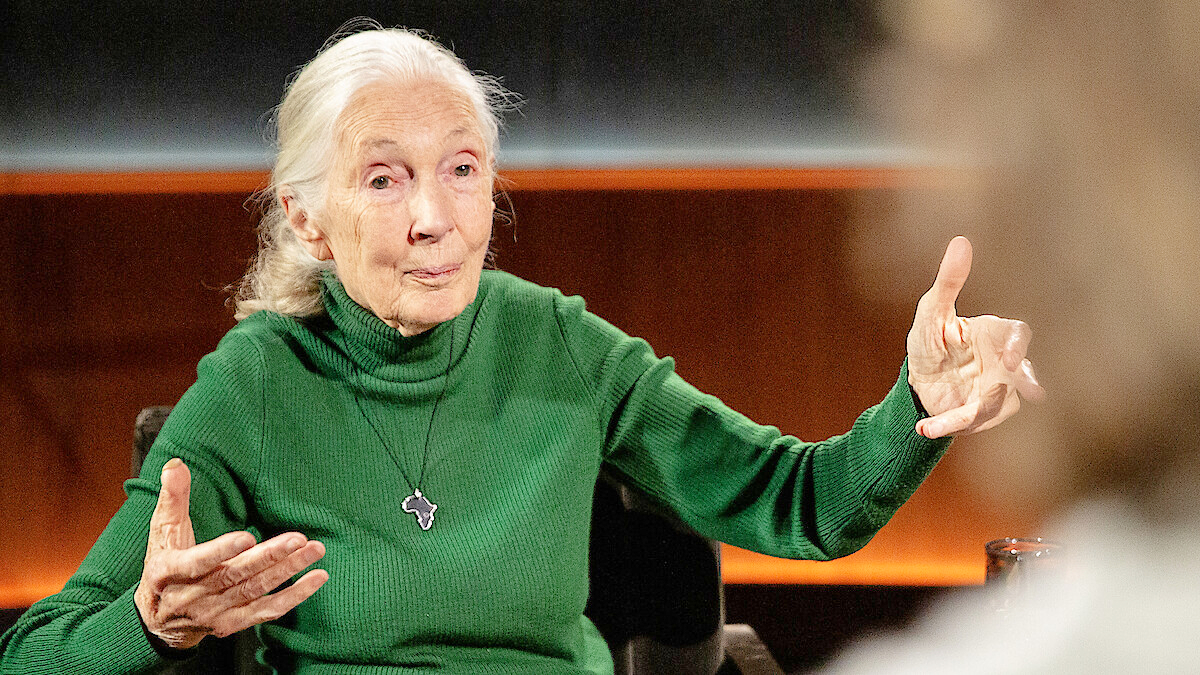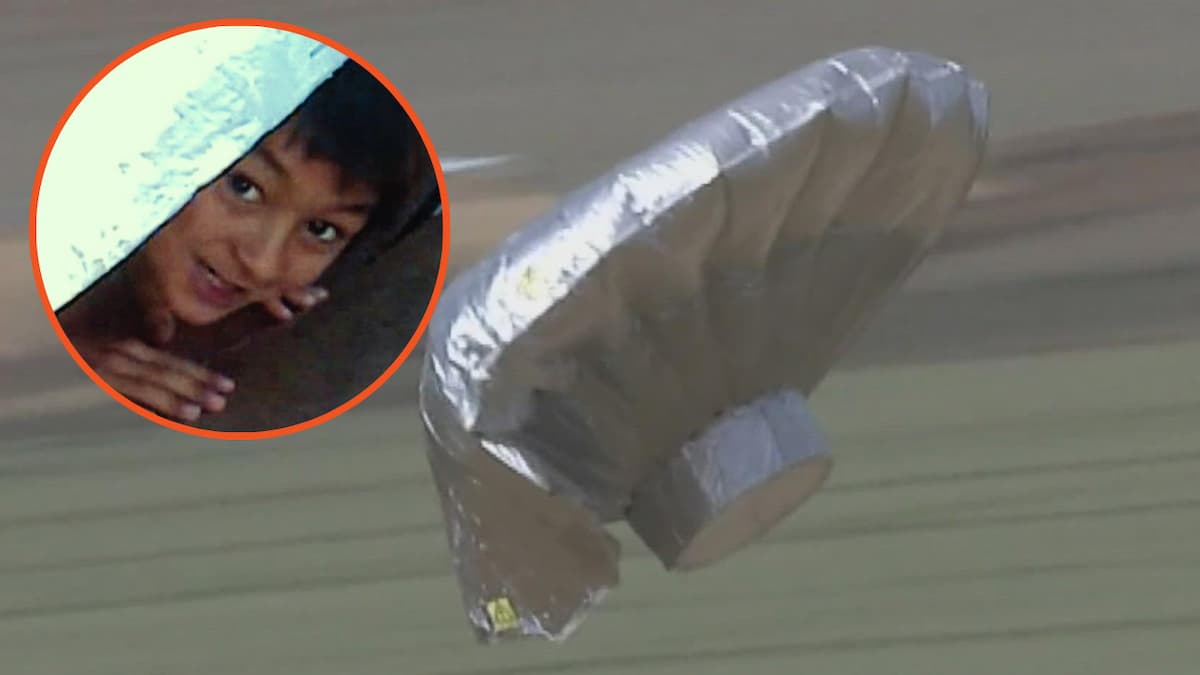Scheduling over at Netflix must be a mammoth task with the number of original shows they work on, the ones they buy the rights to, as well as then making sure they are all staggered throughout the year to optimize viewing figures. Consequently, sometimes creative decisions are made. This was the case for The Witcher which sees its third season split into two parts, in part thanks to another of Netflix’s biggest properties.
The next season of The Witcher will be dropped in two chunks, with the first half premiering in a few days’ time. Though this extends our time with our favorite characters, including Henry Cavill in the role of Geralt of Rivia (stop crying, we still have him for now), there was a very specific reason for this split and it has to do with Stranger Things. Initially, the show never intended to be split into two parts, or volumes, but a creative decision was made when the last season of Stranger Things came out whilst Netflix’s other hottest fantasy series was in production.
Collider reported on the matter after this was revealed in a press junket for the show with the series executive producers Steve Gaub and Tomek Baginski saying:
“Fortunately, Stranger Things came out whilst we were in production, and they did a season split. That was very compelling to us, because you don’t get to revel in a midseason cliffhanger on a streaming series that’s all put out at once, and you kind of want the fans to have that experience. So, for us, it was more about deciding which episode to break on. Netflix was totally on board with it, and I think it’ll be fun for our fans because it gets to spread out the experience a little bit more and give us a full Witcher summer.”

Though we all love bingeing shows so we can find out everything right away, there is something to be said for making us wait. The wait won’t be as agonizingly long as the one we have to endure between seasons though, with Volume One dropping on June 29 and Volume Two arriving on July 27. The first half consists of episodes 1 through 6, with the second half containing the last three.
The return to the Continent will see our heroes in a darker place than ever as various factions hunt for Ciri and her unique gifts, though we seem to finally have the family all together again with Geralt, Yennifer, Jaskier, and Ciri working as a unit, even if Geralt isn’t sure he can forgive Yennifer for her actions in season 2.
Catch all the sword-fighting, magic-wielding, bard-singing action of The Witcher on Netflix from June 29.











Published: Jun 26, 2023 07:52 pm